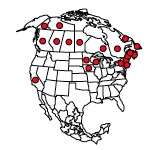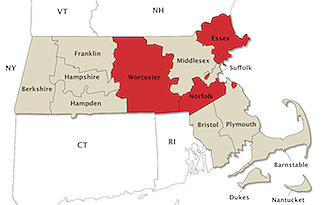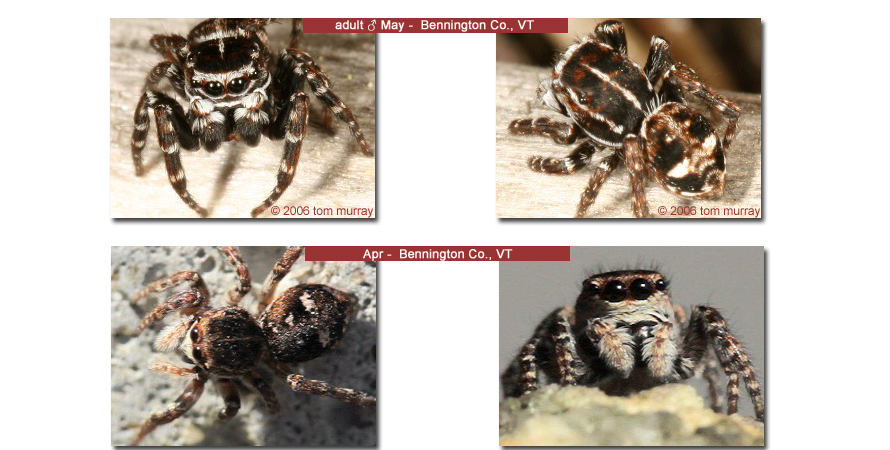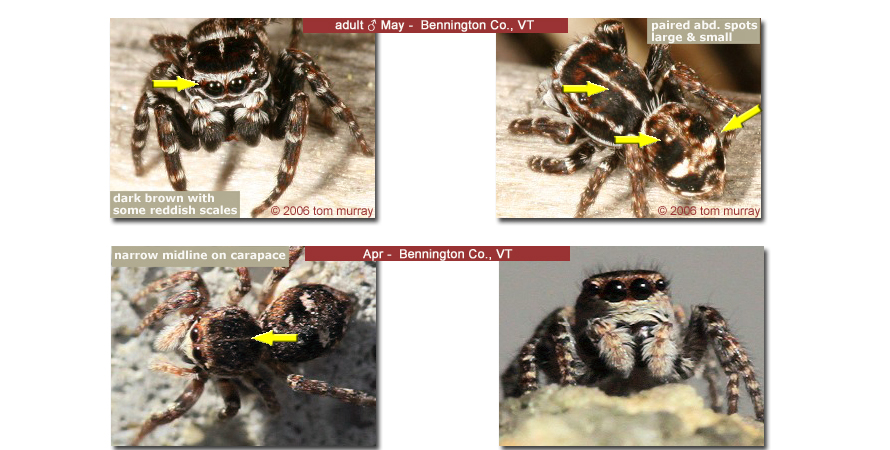Attulus floricola (C.L. Koch, 1837)

Richman, Cutler & Hill 2012
Taxonomy, while not normally a focus for naturalists, is nevertheless critical to meaningful communication. In fact the taxonomist’s efforts often clarify something about the real world. However, it is also a reality that not all taxonomist, and would-be taxonomists, agree. A case in point are opinions regarding the sitticine jumping spiders. While I am not qualified to judge the relative merits of specific taxonomic findings, it seems clear that rapid name changes leading to, “turbulent generic classification” is not in the interest of either arachnologists or naturalists. The specifics of one such debate are treated in Maddison et al. 2020 (see below). A. floricola, previously designated a subspecies (Sitticus floricola palustris), “is considered to be a full synonym of Euophrys floricola C. L. Koch, 1837″ (ibid., 1). While native to North America, this jumping spider is closely related to numerous species that have successfully adapted to diverse habitats in both Eurasia and the Americas.
Maddison et al., 2020 Sitticine jumping spiders
Massachusetts – First State / County Records, References

- ♦ J. H. Emerton – Attus palustris – Eastern Massachusetts – Emerton, 1891: 247, pl. 20, f. 2
- ♦ *J. H. Emerton – A. sylvestris – Essex (Beverley, Middleton) – Emerton: 1891: 247, pl. 20, f. 4
- ♦ **BSNH – A. p. – Norfolk (Brookline) – Bryant, 1908: 94
- ♦ T. Murray – S. p. – Worcester (Harvard), April 2005 – BugGuide note 15174
- ♦ Connecticut – S. p. – Kaston, 1948: 459 – 7 records
- *Platnick, 2014 treats A. sylvestris as a synonym for S. f. p. while others considerS. sylvestris (Emerton’s A. sylvestris) as a separate species.
- **See Bryant, 1908
-
Prószyóski, J. 1980. Revision of the spider genus Sitticus Simon, 1901
(Aranei, Salticidae), IV. Sitticus floricola (C. L. Koch) group. Annales zoologici, Warszawa 36 (1): 1-35, figures 1-98.



